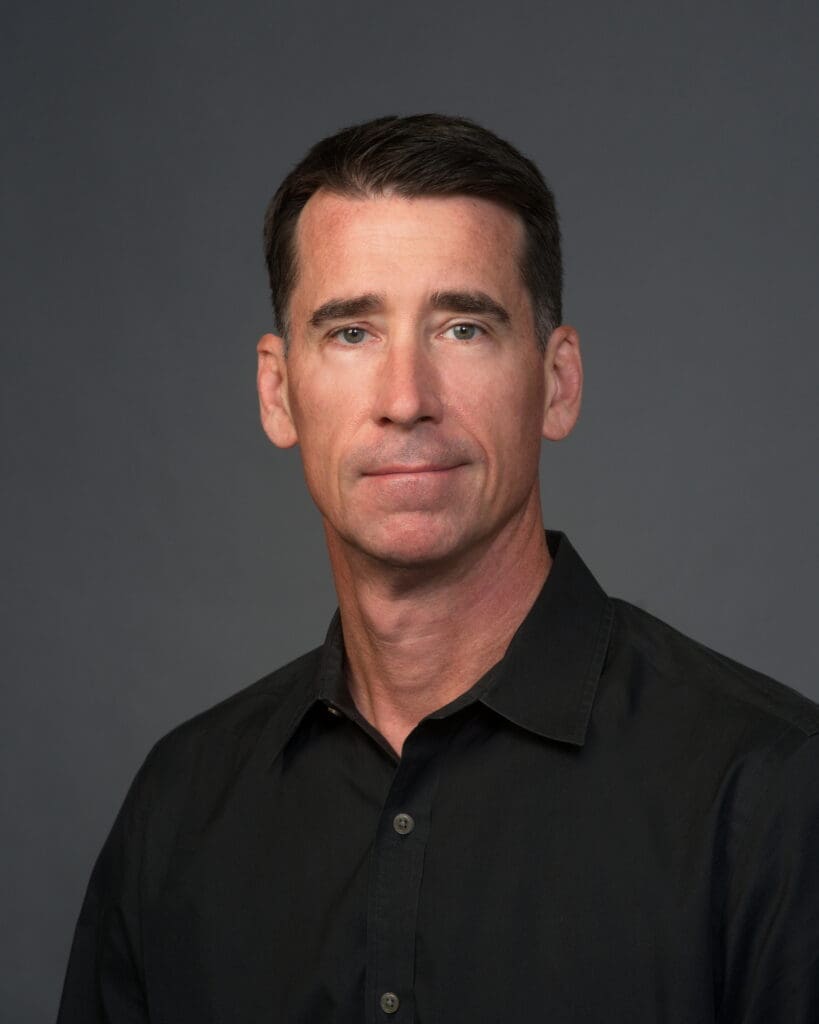Our ecological restoration clients often ask, “how long does it take for a native restoration area to establish?” We spoke to V3 Ecological Restoration Senior Project Manager/Ecologist Keith Jones to discover what variables impact a site’s success, and how our experts develop custom nature-based solutions to exceed expectations.
Native restoration variables
Bringing a compromised ecosystem back to life takes time. Before new plant material can be introduced, ecologists must first take action to reverse adverse conditions through labor-intensive weed control, controlled burns, and other ecologically restorative techniques. This phase alone can take weeks, months, or years depending on weed pressure, site conditions, restoration goals, and budget.
Once the area has been cleared of invasive species and proper site preparations, the fun of bringing in new native plant species can begin.
Most native restoration areas take around 3-5 years to establish, though there are many factors that affect the final timeline:
- Weed pressure: Project areas left fallow for many years prior to the start of restoration often have significant weed populations that require treatment prior to introducing native seeds or live plants. This might require one or multiple events spread over weeks or years. Proper site preparation is critical to the success of any restoration project.
- Reconstruction or restoration: Starting from scratch with bare soil (Reconstruction) requires a different approach and offers a different timeline through establishment than a restoration project in an existing native area.
- Seeds vs. plugs: Starting with seed takes significantly longer than using plugs, which are plants that are already grown out. Plugs are heartier and can jumpstart timelines, but that benefit comes at additional cost. Your target plant community also determines the restoration approach. For example, live plants must be used in wetland restoration areas with standing water, as seeds float way.
- Weather: Harsh weather conditions that are either too dry or too wet can throw off planting and seeding schedules.
- Neighboring sites: Depending on what other properties surround the site, certain restorative techniques (such as controlled burns) may be prohibited, meaning other more time-consuming methods must come into play instead.

“Before starting any project, we uncover what’s most important to our clients, whether it’s cost, time, aesthetics, ecological goals, maintenance requirements, or other priorities. Having these conversations in advance allows us to plan correctly and adjust as needed.”
Keith Jones, Ecological Restoration Senior Project Manager/Ecologist
Finding the right timeline
While we can’t control the weather, our experts can find solutions to help native restoration areas establish on a desired timeline. Our multidisciplinary team delivers custom-designed native plant communities, achieving goals based on:
- Budget
- Ecological performance standards
- Visual expectations
- Ongoing maintenance
- And more
Our nature-based designs address a variety of concerns while introducing vast ecological benefits. Native restoration areas support better water quality, less flooding and erosion, more species diversity, and overall more aesthetically pleasing landscapes for all to enjoy. These beautiful, robust ecosystems help make our communities cleaner, healthier places to live and work, and regardless of where things start, our experts can deliver an exceptional end result.
“We ask the right questions and peel away at the nuances to truly understand what our clients need and want. V3’s ecological restoration team is successful because we bring visions to life while increasing environmental benefits.”
Work with V3’s ecological restoration team
Our expert ecologists can help bring your native restoration project to life. Contact us to learn more.

